You know you’re in love with house music when you’ve been with your TB-303 longer than you’ve known your wife. Thomas Schumacher shows us around his Berlin studio and explains why he just can’t let go of his faithful Atari ST.
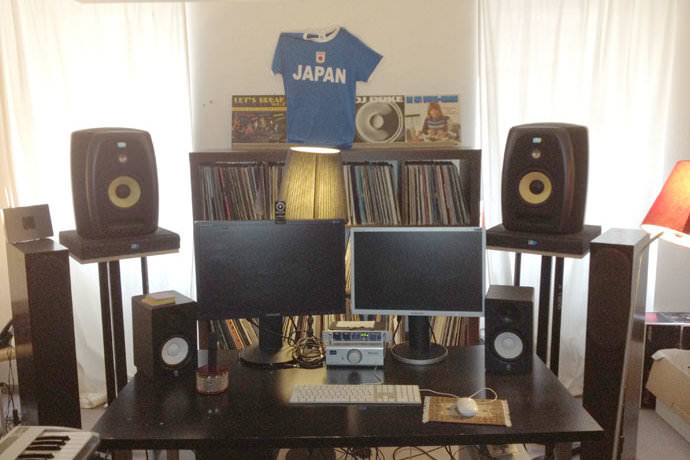
My Studio – Thomas Schumacher
It was my wife who found a freshly refurbished basement apartment close to were we live (in Berlin Mitte) though an advert. Luckily the landlord was fine with our idea to turn it into a studio (in fact, we’ve built two studios in here). Since he also rents out the apartment above us we didn’t need to invest any money in soundproofing! We have, however, invested in studio acoustics with the help from Flax Akustik and I must say that the setup is pretty good. From what I remember, we spent around €1,500 on the space and acoustics, including measuring the sound before and after.
The Japanese football jersey was a gift from a Japanese fan who lives in Munich and always shows up to my gigs there. In fact, he’s actually been kind enough to give me a few more football jerseys since. I have this one in the studio as it reminds me of the great times I’ve had (and still have) in Japan. It’s a country that holds a special place in my heart and I have many close friends there.
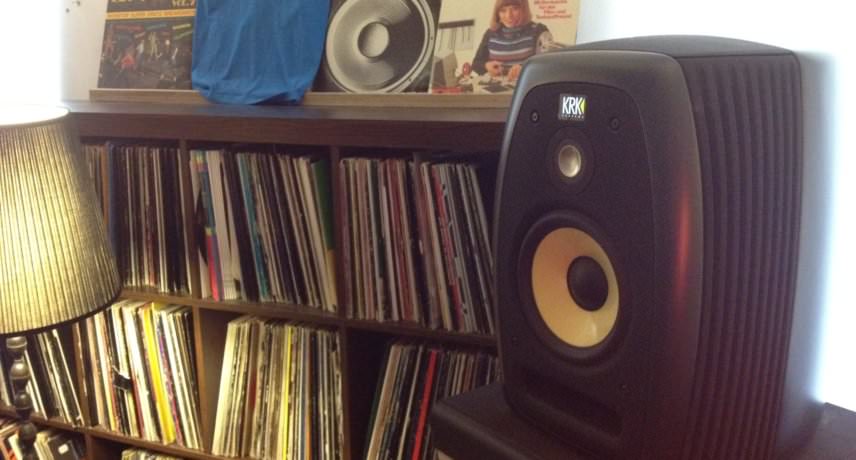


Monitors
My main studio monitors are KRK Exposé E8Bs. I bought them four years ago and after the first six months I was ready to sell them. It seemed like my ears weren’t able to adjust to the ultra clean sound coming from the speakers. I guess it took so long because I was so used to speakers that coloured the sound.
Luckily in the end the speakers and my ears became friends. With these speakers it’s the way it should be: you hear the music, not the speakers. So, great mixes sound great on the E8Bs and bad mixes… well, they suck!
My second pair of monitors are Yamaha HS50Ms. I use them when I record music that might get radio airplay. I basically use them to ensure the recordings also sound good on smaller sound systems without a big bottom end.
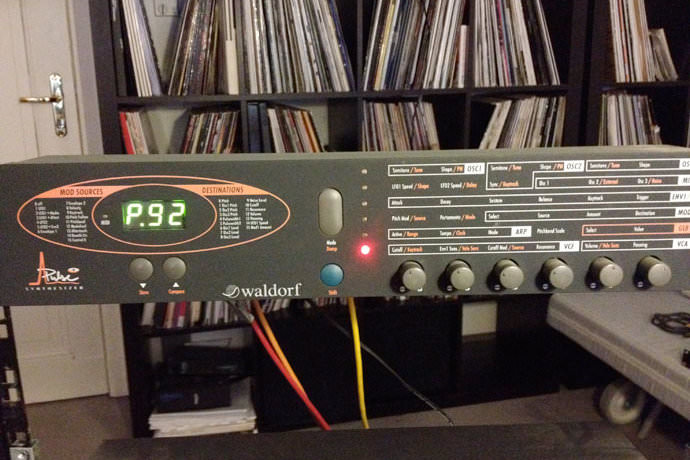


Waldorf Pulse+
The Waldorf Pulse+ is my weapon of choice when it comes to bass sounds. It’s ultra deep, buttery sub bass heaven! I programmed the sub-bass sound for my track ‘Bandera’ using the Pulse+. I set Osc1 to sine wave, then a very short attack and decay. Resonance is zero and the cutoff is set low. That’s it. I also ran the signal through a couple of plug-ins, mainly to shape the sound a little using compression and EQ from Waves’ SSL series. As I wanted the track to be driven by the bassline more than by the kick I also used the bassline to sidechain-compress the kick.
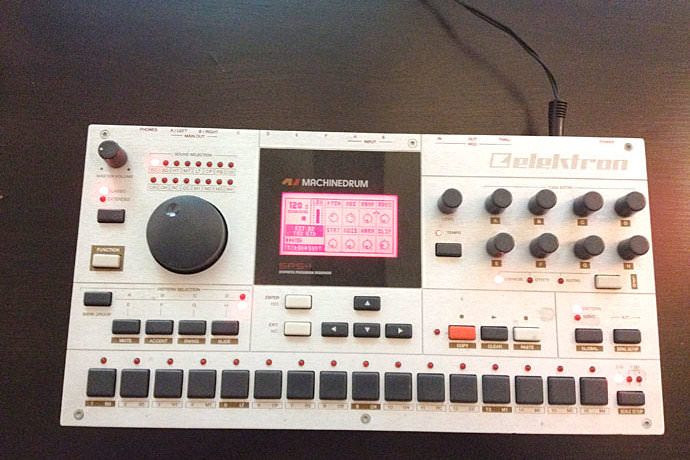


Elektron Machinedrum
I love the internal sequencer on the Elektron Machinedrum but what really makes this drum machine special for me are the kick drums. With a little tweaking I can create the perfect combination of an 808 and 909 kick drum.
My track ‘Exhale’ showcases the amazing kind of kicks that can be programmed on the Machinedrum. You can perfectly tune the kick to match the key of your track. I usually only add a little compression/limiting and maybe a low-cut filter at 30Hz and that’s it. On this track I also used it for percussion. I only added a little bit-crushing to dirty it up.
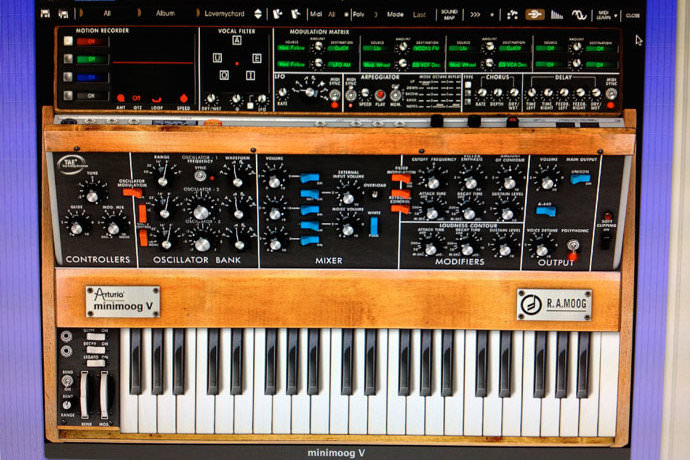


Arturia Minimoog
The Minimoog is my favourite analogue synth ever. As for the software equivalent, version 5 of Arturia Minimoog V came with some brilliant new features, of which Motion Recorder and the Curve Editor are personal favourites.
Both the bass and lead sounds on my track ‘RedPurple’ come from the Minimoog V. I used white/pink noise to add the right amount of dirt to the bass. The delays on the lead are the Minimoog’s internal ones. The delays aren’t synced, so I was able to play around with the delay times which really brought the sound to life.
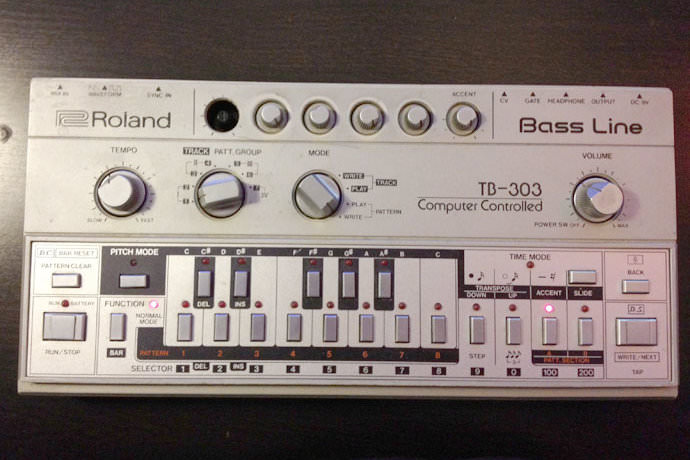


Roland TB-303
I purchased my 303 second hand in 1995 for 800 German Marks (around €400). It came with the original manual which I really needed in the beginning. Me and my 303: we’ve toured all over the world together live and done countless studio sessions. We’ve been together longer than I’ve known my wife!
Writing basslines with a Roland 303 is pure, instant fun. I love the step sequencer for the memories that it brings back but most of the time I play it directly into Logic. For those who don’t have the original hardware 303 I’d recommend the AudioRealism Bass Line 2 plug-in.
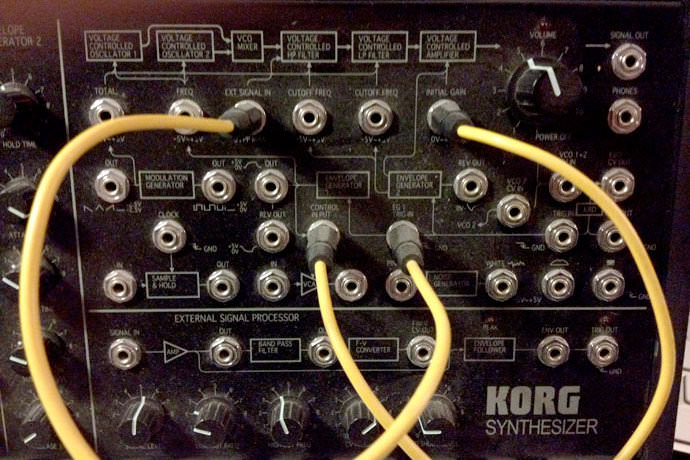


Korg MS-20
The Korg MS-10 was the first ever synth I bought back in 1986. I love the hands-on feeling of working with it, especially the patchbay. The MS-20 plug-in came with a hardware controller that was modelled on the original MS-20.
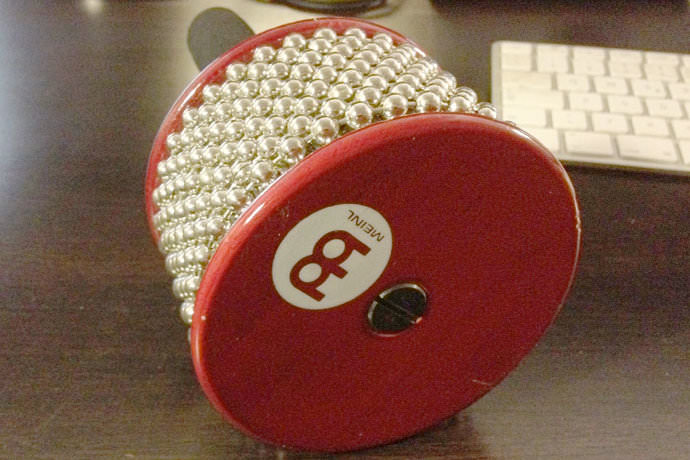


Meinl cabasa
This medium-sized Meinl cabasa has a beautiful, rich and tight sound. I watched a few tutorials on YouTube to get some ideas on how I could use it and I find it to be very versatile. I record it through a Brauner Phantom Classic mic – which is actually a studio vocal mic – and edit the recordings in Ableton Live.
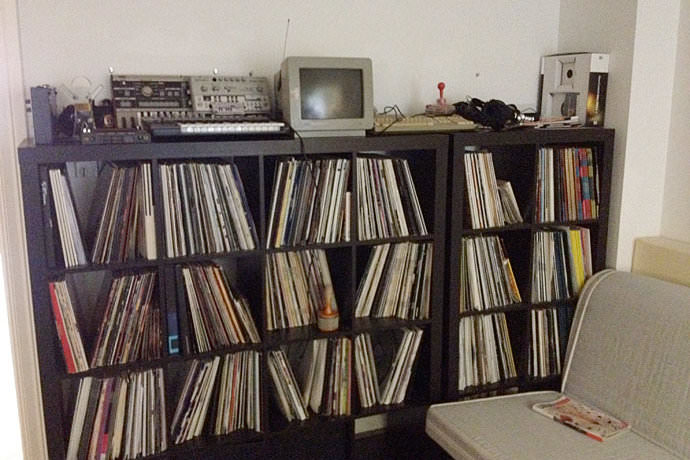


Record collection and Atari
I still love to go to the little, specialist record stores whenever I have some time to find rare and obscure vinyl releases. I do it to get inspired by the music and to find cool samples. In Berlin you can still find some pretty interesting ‘out there’ record stores that I frequently visit. One of the gems I recently bought is Lyn Collins’ Female Preacher album.
The Atari doesn’t get used any more but it adds to the aesthetics of the studio (even though I need a new mouse!). It all began for me with this Atari running C-Lab’s Creator MIDI sequencer. That was back in 1987 when I was 15!
Find Thomas on Facebook, Twitter, SoundCloud and his own website.
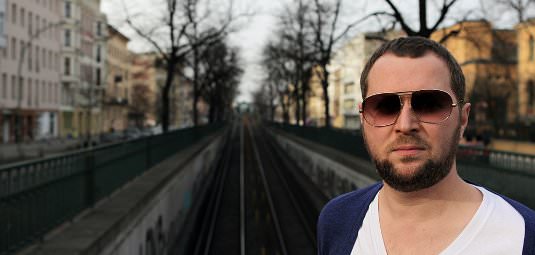
02.49 PM
i love this column
04.02 PM
303, MachineDrum AND an Atari. TS – Always loved your work. Now I love your taste in kit too 🙂 [Not sure about Japanese football tho!]